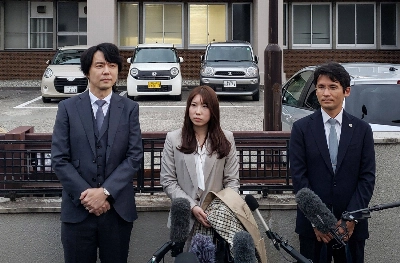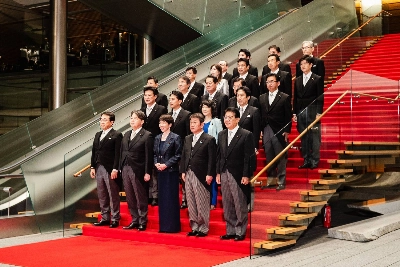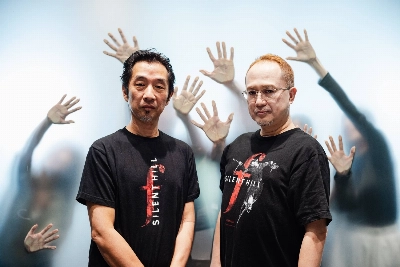The traditional toys that were especially popular throughout Japan from the Edo Period (1603-1868) through the Meiji Era (1868-1912) are now known as folk toys. The majority of them symbolize wishes for good fortune and the healthy growth of children. These handmade toys, meticulously crafted from natural materials, are simple, yet charming and full of life. Finding successors to carry on the tradition has been difficult; still, in recent years the popularity of folk toys has been on the rise among the younger generations, bringing hope for the future.
Paper
Many folk toys are made of hariko (papier-mache). Washi (Japanese paper) is glued in layers to a mold made from wood or clay; after drying, the mold is removed and color applied. The technique developed in castle towns, where government offices and businesses supplied an abundance of old paper, and in regions where washi paper was produced.


















With your current subscription plan you can comment on stories. However, before writing your first comment, please create a display name in the Profile section of your subscriber account page.